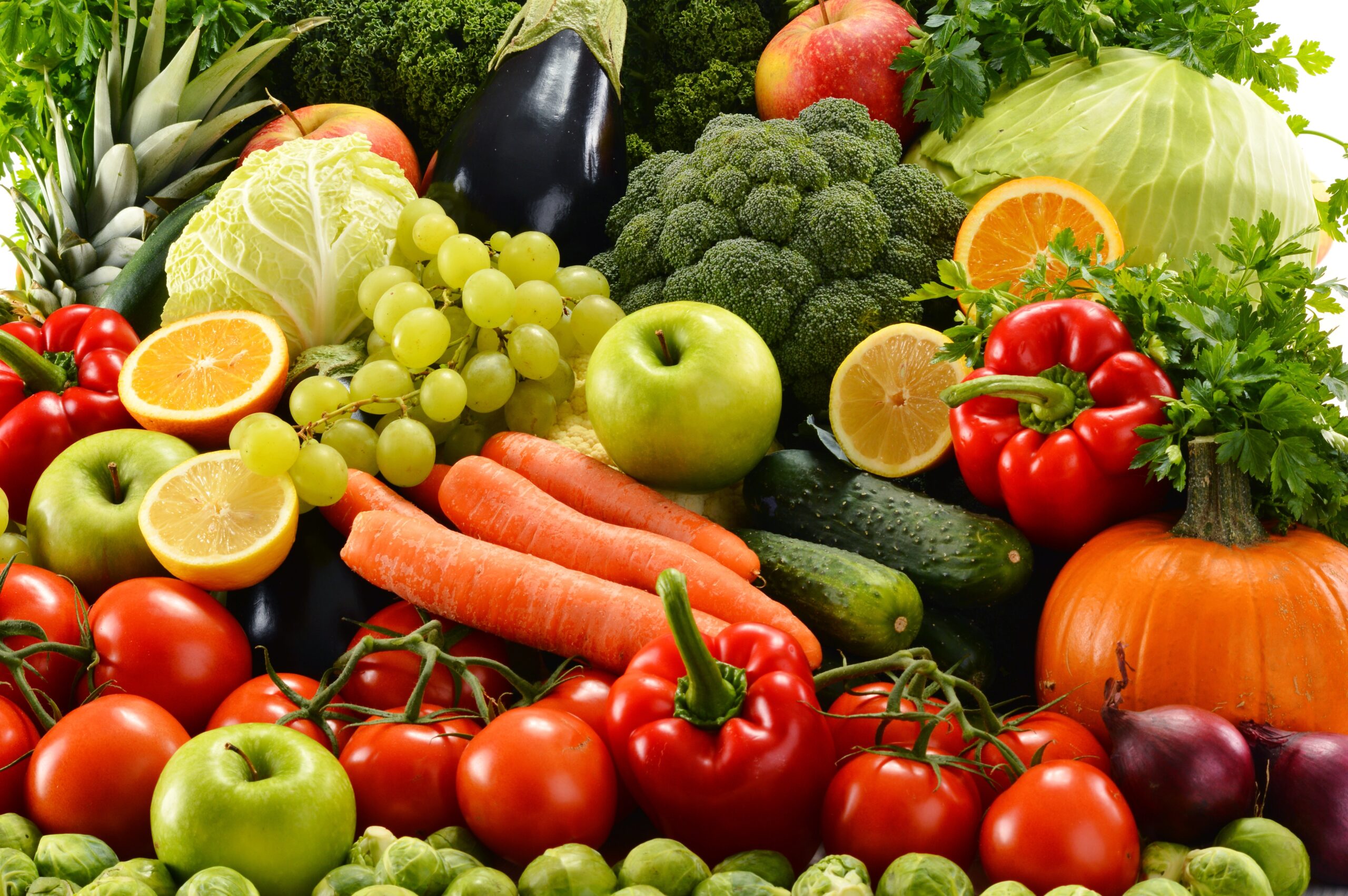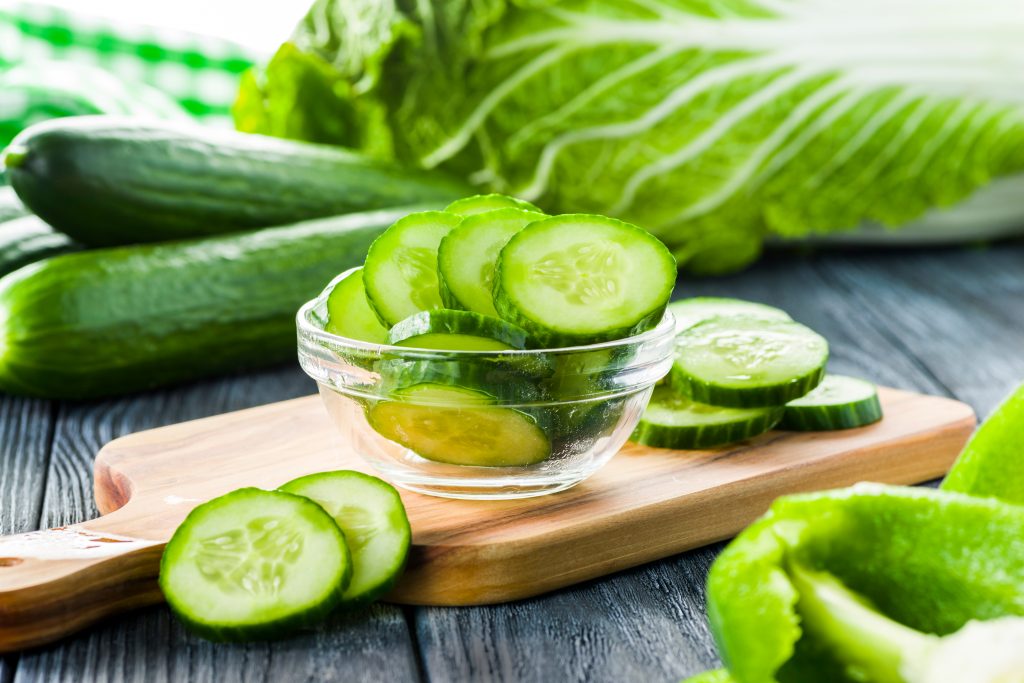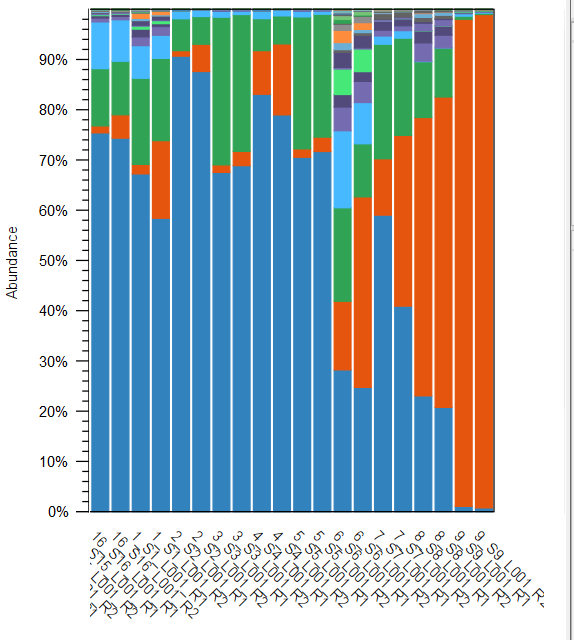Hello everyone and welcome back! I hope that everyone had a wonderful week last week. I wanted to remind all of though that even through the mist that is this pandemic of 2020, that you are loved, and do not forget, no matter how busy your are, to take time for yourself. Your mental health and your ability to love yourself is incredibly important. And lastly, Just Keep Swimming and Never Forget to Smile!
So this week, I will be discussing how my experience with using CLC to practice analyzing data went, and let me tell you, while I understood what I was asked to do and essentially got all of it done, I have almost no idea of what I’m looking at in terms of results and why I did the things that I did. So, without further ado, lets get started!
So What Were My Proposed Questions About the Data From Last Week?
Well if you need a refresher on what the questions I wanted to ask about our sourdough starter DNA and their microorganism community, here they are, and they are indeed the same as they were last week.
- Is there a microbe that is found within all of the fast rising starters that differs them from other, slower rising starters? (Meaning are there microbes specific to that of being a quickly rising starter?)
2. As a lover of citrus, are there microbes specific to that of the citrus starters and only citrus? (I want to know if there are fruit or citrus specific microbes that are not found on other fruits!)
3. (I know that this was sort of an example provided as an example in the moodle site but . . .) As my cucumber starter started to smell like red wine during the last few days before I brought it to Raleigh, I was to know if there is a specific microbial community that causes that alcoholic smell. (which microbes cause the alcohol smell, is it only specific fruits?)


Now, Lets Discuss my First Time Attempting CLC Analysis!
Well, all in all, I was able to complete most of what was described for us to do in that almost 100 slides long PowerPoint, and it only took me about an hour and a half to do it. I encountered no problems as I worked my way through the CLC analysis (my computer actually behaved for once), and while it was a lot of just sitting and around and waiting for the program to do all the work, it did not bother me; my dad is a scientist and I have spent hours upon hours in a car on road trips, so while the waiting was a little lengthy, I found pleasure in relaxing my mind and reading a book while my computer essentially did all the hard work for me. And after all that was done, honestly I found the phylogenetic tree and the other charts provided by the CLC analysis to be really interesting to look at and play with, so as me being a person that is easily assumed and who loves science, I say doing the CLC was worth it.
So what did I actually see . . . ?
Here is a picture of my screen as I look at one of graphs from the results of the analysis and the second image is of the rest of the table not visible in the first image!


In simple words, this graph shows through each color, the different types of microorganism present within each sample, which is demonstrated by each column. So column is equal to sample (ID) and color is equal to microorganisms present and their percentage of the microorganisms in the sample.
Now something that I noticed about this graph is that samples 12:R1/R2 both had a fairly large amount, around 5%, of the light grey microbe, called saprospirae, and I failed to find any of it present in any of the other samples (while I could have missed it found in another sample, that would be because of how little of it there is within the sample). As I also noticed that there were a higher quantity of bacteria found within those two samples that were also not commonly found within the other samples, it is possible that the growth of saprospirae is influenced by the presence or quantity of other certain microorganisms? Were those samples held in an environment that was different enough from the others that it influenced which microorganisms grew in the sample. If you look at the table, you can see that those samples also have an incredibly large quantity of the green microorganisms, more than the other starters, and almost none of the blue bacteria, which you can tell by the chart as well that that is not consistent with the other samples and their microorganism’s community.
So what was the hardest part about this week? For me, it was interpreting the results of all the analysis I had the CLC do for me. Honestly, it took me a good while to understand what I was looking at, but that okay, science is all about learning. So I appreciate your for joining me for this weeks blog post and I hope to be with you guys again soon!
Sources for images:
https://www.inlander.com/Bloglander/archives/2017/07/20/strategies-to-delay-dementia-more-benefits-of-fruits-and-veggies-and-checking-out-camaros-for-a-good-cause